So you want to install a CSST(Corrugated Stainless Steel Tubing) gas line in Philadelphia and are confused by all the codes and regulations. You are not alone. This process involves following strict rules that may not be easy to understand.
The first thing you need to know is that installing or replacing any kind of piping that uses natural gas in Philadelphia requires getting a mechanical permit from the city. Getting this permit ensures that your installation meets the necessary codes and regulations for safe and efficient operation. Failure to comply with these requirements can result in costly penalties and fines. But don’t worry, we have you covered!
In this article, we will provide an overview of the CSST gas line code and gas line permit process in Philadelphia. Plus, if you missed our previous articles where we covered how to trace a gas line to find a leak and how to install a CSST flexible gas line, check them out. Let’s dive in and make sure your gas line installation is up to code.
L&I and PGW
L&I stands for the City of Philadelphia Department of Licenses and Inspections and is the agency responsible for issuing permits and inspecting buildings in Philadelphia to ensure they meet safety standards. PGW stands for Philadelphia Gas Works, which is a natural gas utility company that provides gas service to residents and businesses in Philadelphia.
When it comes to installing a CSST gas line in Philadelphia, both L&I and PGW are involved. L&I issues the permit for the installation of the gas line and inspects the work to ensure it meets safety codes and regulations. PGW is responsible for inspecting the gas line and providing gas service to the property.
Working with natural gas can be dangerous if not done properly, which is why both L&I and PGW play an important role in ensuring the safety of the gas line installation. In this article we will explain the roles and responsibilities of both L&I and PGW during the CSST gas line installation.
CSST Gas Line Codes in Philadelphia
According to the below codes, CSST gas lines are permitted for use in most states including Pennsylvania. However, your local building regulations may differ and in some jurisdictions, CSST gas piping is prohibited. Therefore, be sure to check your local codes to see if you are allowed to use CSST in your area.
- 2018 International Fuel Gas Code Section 403.5.5
- 2018 International Residential Code G2414.5.4
- ANSI Z223.1 / NFPA 54 National Fuel Gas Code (2015).
According to PGW, the standard for installing fuel gas piping is the International Fuel Gas Code. For any issues not addressed in this code,the NFPA National Fuel Gas Code should be followed. In addition to these codes, there is also a manual prepared by PGW which provides additional information regarding installation requirements. This manual can be accessed through the PGW website.
In addition to the CSST gas line codes, it is important to follow the manufacturer’s installation instructions for the specific type of CSST and appliances being used. This will ensure that the installation is done correctly and that the system is safe and reliable.
PGW Guideline CSST Installation
As mentioned previously, PGW has issued guidelines for CSST installation, which we would like to briefly review here.
- Except otherwise stated in this guide, installing CSST follows the same rules as regular iron gas pipes. They both need to be leak-tested the same way.
- Stick with one brand. You are not allowed to use CSST tubing from one manufacturer and fittings from a different manufacturer.
- Only certified installers for the specific CSST brand that you want to use can install it.
- If the pipe goes through studs, use a strike plate to protect it from nails and screws.
- Use special protection if the pipe runs through metal frames to avoid cuts.
- All CSST material is CSA-approved for 5 psig (pounds per square inch gauge) maximum operating pressure.
- CSST can NOT be directly connected to the gas meter or the pipe above it. Use hard rigid pipes for that part.
- As per IFGC and CSA, you are allowed to install CSST in concealed areas, as long as it’s done according to the rules.
- You can’t use CSST as a flexible connector directly to an appliance. Refer to the guideline for more details.
- CSST should only run vertically in walls. If it needs to go horizontally, make sure it’s protected from nails and screws. Check the guide for more details.
- All CSST outdoors needs to be covered in a special sleeve, marked “NATURAL GAS” every 10 feet. Don’t use CSST as a quick disconnect or flexible connector for outdoor appliances.
- Connect the CSST to the electrical grounding system using a special clamp and a thick copper wire (>= 6 AWG copper wire).
- If you need to put CSST underground, you need to get permission from a supervisor first. Call them at 215-787-5130 or 215-787-5131.
Remember this is just a summary. For all the details and specific rules, refer to the CSST section official guideline!
Who Can Perform the Installation?
Another important consideration when installing a CSST gas line is who can perform the installation. Installing a gas line includes both preparing the gas line plans (if your application is not eligible for an EZ Permit) and installing the pipes.
For jobs under $25,000 without structural changes, a licensed plumber can prepare the plan. Otherwise, a registered architect or professional engineer should prepare the plan. The plans should follow these plan requirements.
For the installation, according to the L&I, a licensed contractor who has an active license, is current on all City of Philadelphia taxes, and has current insurance on file with L&I can install the gas lines. A professional contractor follows CSST gas line codes and regulations to ensure your gas line is safe.
Gas Line Permit Process in Philadelphia
To install a CSST gas line or any type of gas line in Philadelphia, you will need to obtain a mechanical permit¹ from the Department of Licenses and Inspections (L&I). You, as the homeowner or your authorized agent including design professionals, attorneys, contractors, or licensed expeditors, can apply for the permit.
The gas line permit process in Philadelphia involves several steps. To apply for the permit you need to submit a permit application. The permit application can be submitted to L&I in person or online through the eCLIPSE system. The application must include the complete scope of work and current owner’s information. If the property has recently been sold, a copy of the settlement sheet or deed must be submitted with the application. You may also need to submit plans, required forms, and related permits (if applicable) with the application.
Note: For certain types of gas line work, EZ permits are available, which do not require the submission of plans. This includes new construction or replacing an outdated system, such as replacing oil or electric heat with gas, in one or two family dwellings.
You will have to pay the permit fees, which vary depending on the scope of the installation. L&I will review the application to ensure compliance with related codes and any other relevant regulations. An application fee is paid upfront and if approved, the applicant will receive notice to pay the balance. Otherwise, the applicant will receive an email stating what is missing or if anything else is required. Once approved you can start installing the CSST gas lines.
Remember, you will need to schedule inspections throughout the job in order to close the permit application once the work is completed. In the next section, we will cover the details of inspections thoroughly. So keep reading!
Inspections
Inspections are required for installing a gas line to ensure that the installation was done correctly and meets local building codes and safety standards and also to close the permit. The inspection helps to verify that the gas line was installed safely and properly, which reduces the risk of leaks, fires, and other safety hazards. These inspections are required at different steps throughout the work by both L&I and PGW and should be done in the order explained below.
- Once L&I approves your gas line permit application, but before any work begins, request an inspection from PGW by calling (215) 684-6730 (for residential properties). The inspector will come to shut off the main gas supply to the property and remove the gas meter.
- Next, request an initial inspection from L&I through eCLIPSE or by calling (215) 255-4040. The inspector will inspect the job and if everything is fine they will allow you to start installing the gas pipes.
- After the gas piping is installed but before it is concealed by walls or ceilings, schedule a rough-in inspection by L&I. They will come to see if all the pipes and fittings are installed correctly.
- When all the work is done and the system is ready to use, contact PGW again to check the gas line for leaks. The gas company will not allow you to turn on the gas until their inspector confirms your gas line is safe. If no problems exist, the inspector from PGW will install the gas meter and open the gas to your property. Otherwise, you must fix the problem and schedule an inspection from PGW again.
- The final inspection will be done by L&I. If the installation is done in compliance with local codes and all of the work listed on the gas line permit is completed and passes inspection, your permit will be closed. If not, you must complete the work or fix any problems then schedule another inspection.
Conclusion
Hopefully, this article helped you gain a better understanding of CSST gas line installation codes and regulations. The process of installing gas lines is a lot more involved than some may realize. From ensuring that the gas line permit is properly filed and approved, to ensuring that the inspections are scheduled on time, homeowners must understand all the requirements prior to beginning the installation process. This process can be daunting for people without experience.
This is where Matrix Company Solutions Corp comes in. We are a certified 203(k) contractor in Philadelphia with 25 years of experience in all home renovation services. We can install gas lines according to code and take care of the permit process as a part of your home renovation project. So, if you need help in this area or with any other home renovation service do not hesitate to contact us for more information via our FREE Consultation Service!

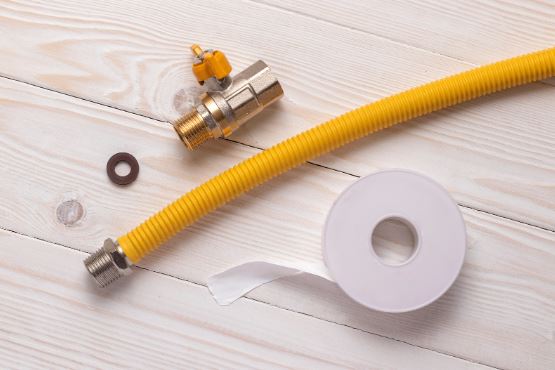
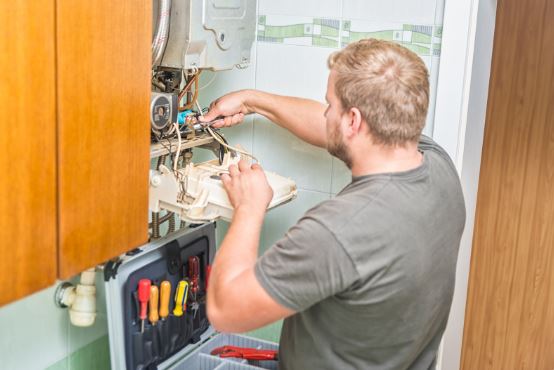

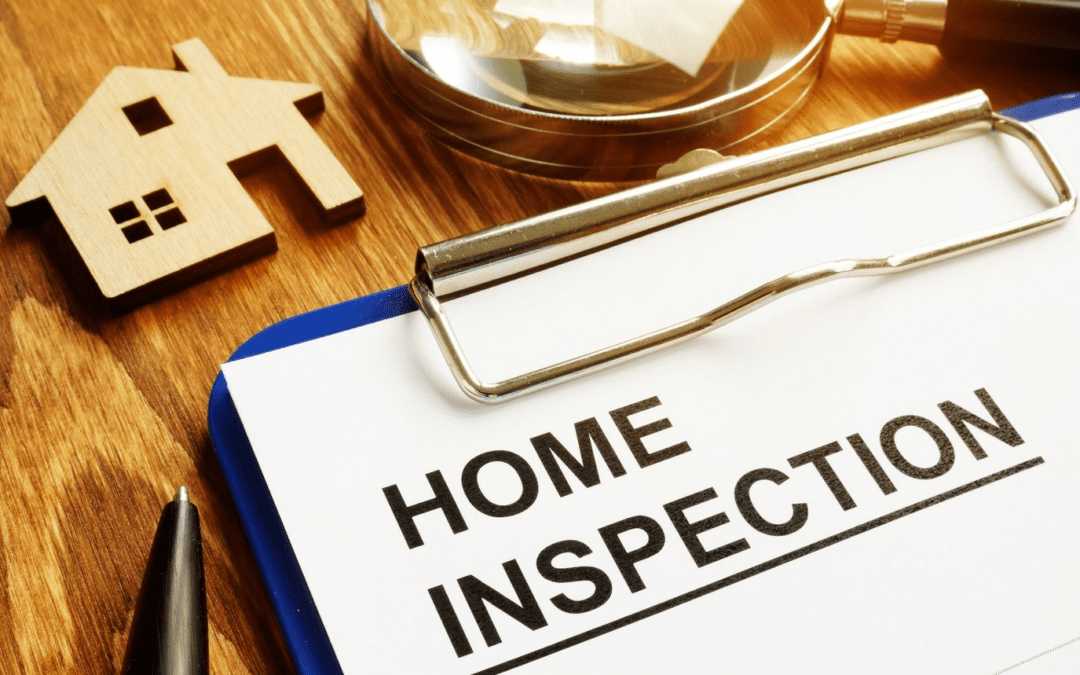


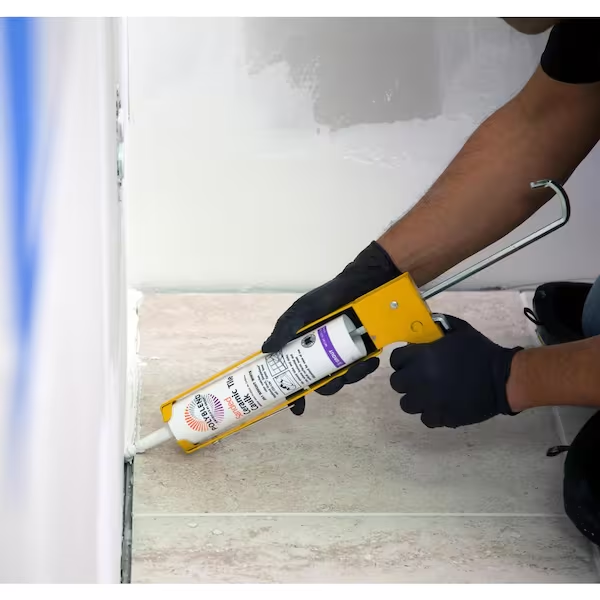

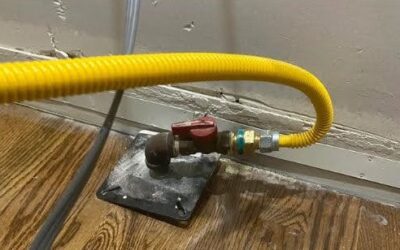



0 Comments